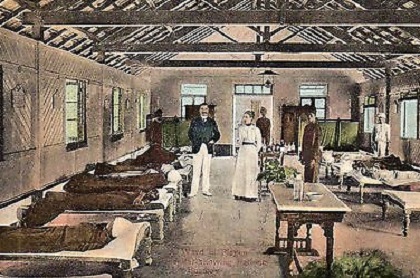Indian immigration to the UK: still conflicted
UK Prime Minister Boris Johnson is in India, seeking a trade deal, and promising immigrant visas. The UK wants more Rishi Sunaks but the simmering issue is about irregular migrants from India, low-skilled labour whose numbers are still disputed by both countries. While a free trade agreement may still be signed, it will likely not address this problem, leaving thousands of Indians undocumented in the UK.



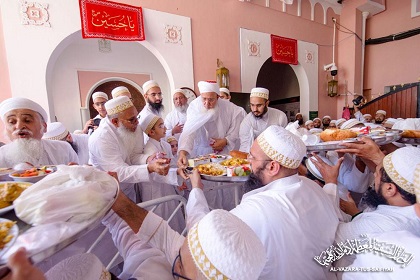
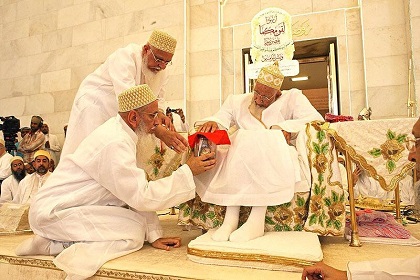
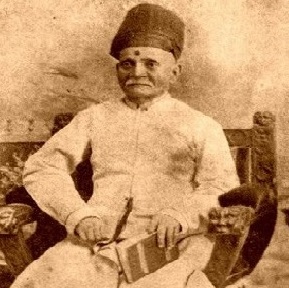
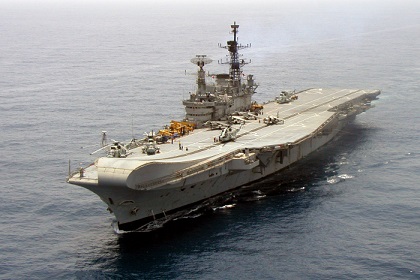
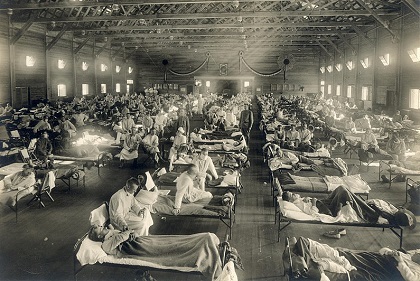
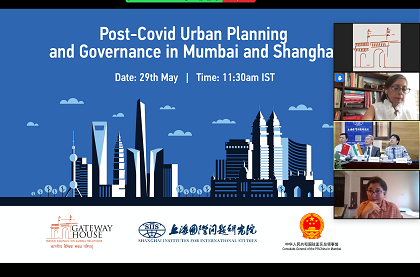
![Image 2[6379]](https://www.gatewayhouse.in/wp-content/uploads/2020/06/Image-26379.png)
